Much of this information comes from my OnsenJapan.net page, so those of you wanting more info should be sure to head over there.
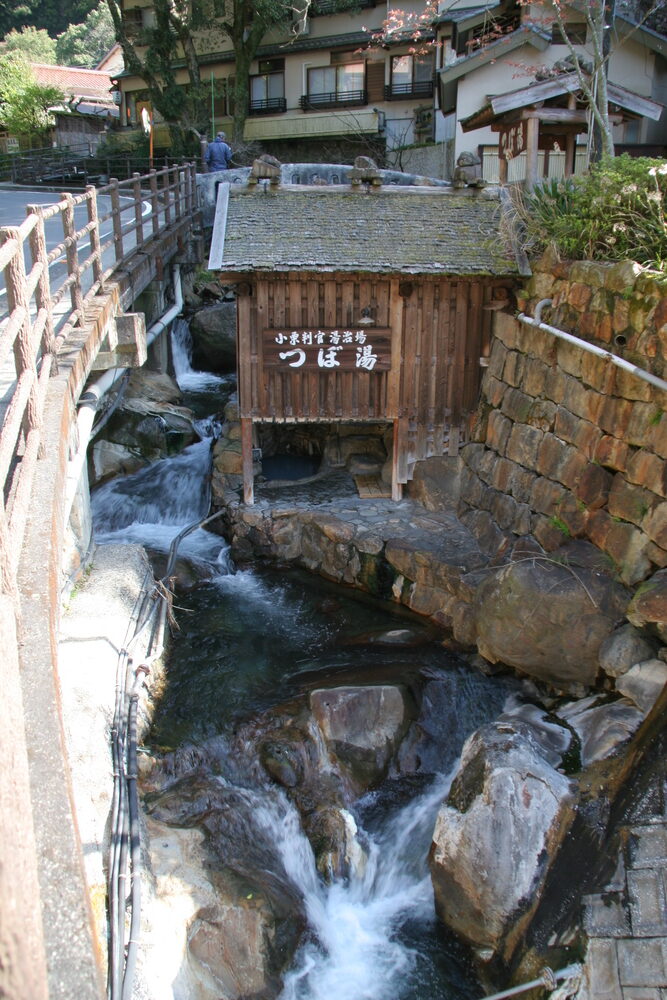
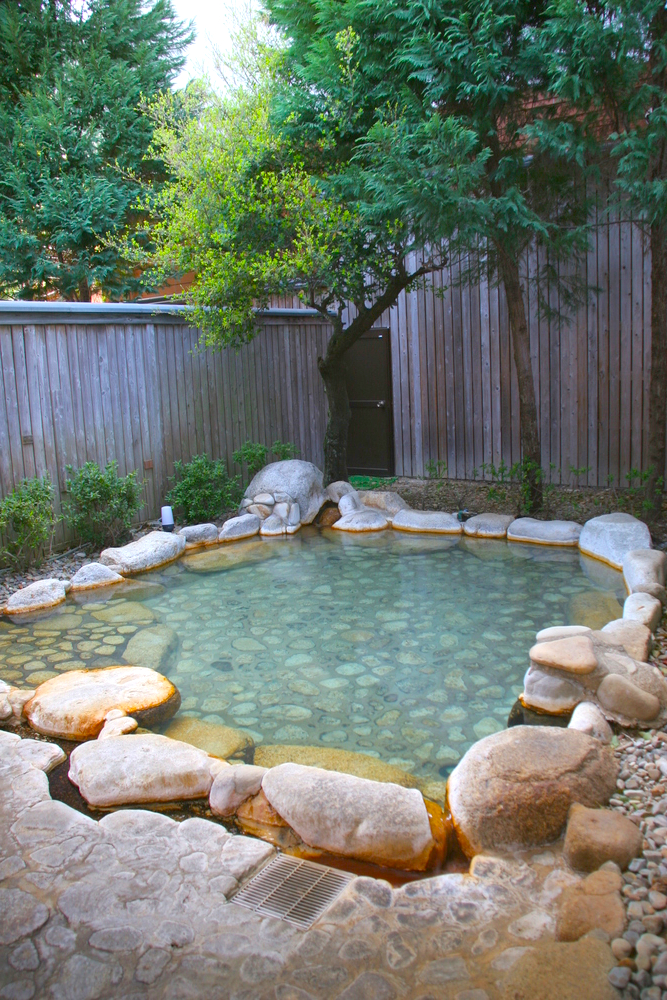
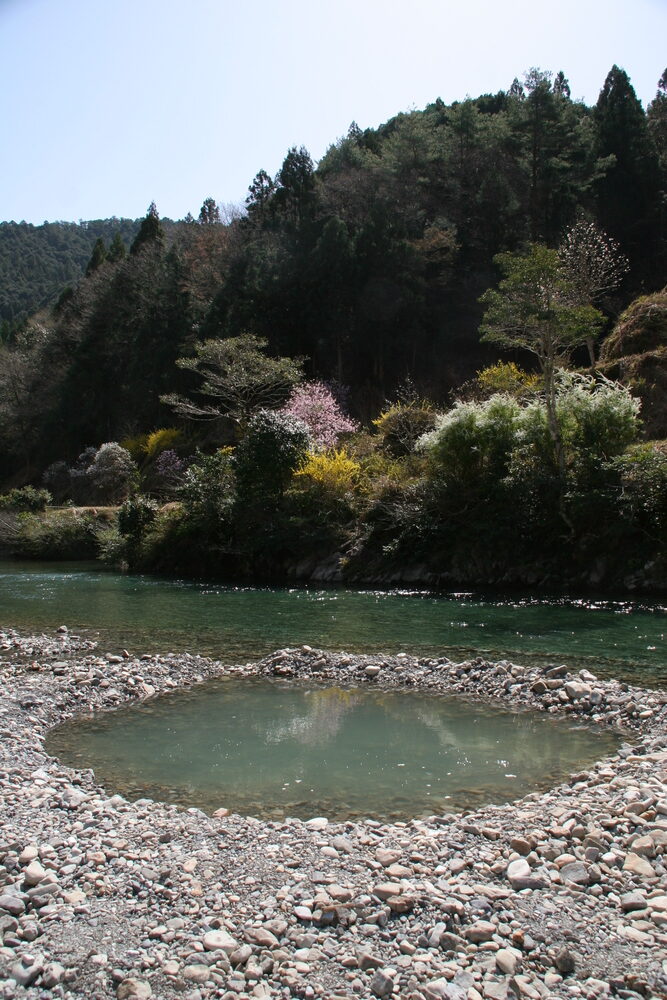
Hot springs, water heated deep in the earth by volcanic activity, have been elevated to near art form in Japan. Known as onsen, the word encompasses the entire range of hot spring activities and can mean a village or town famous for its hot springs (for example, Kurokawa Onsen), it can mean a particular resort that caters to hot spring bathing, or it can mean the bath itself, which can be indoor or outdoor, made of wood, stone, metal, or even naturally formed, and can range in temperature from lukewarm (even cold) all the way up to near scalding. While it is usually a pool of water, there are sand onsen as well, such as in Ibusuki, Kagoshima, where grandmothers dig a pit for you to lie in and then cover you with heavy, hot sand that’s been warmed by the magma below you. It’s worth noting that the word onsen implies more than just hot water: It must be natural and unfiltered. Public baths, known as sentō, are just hot water.
Given all this, Japanese onsen bathing can seem complex and even overwhelming, but here is what you need to know:
1. Onsen baths are worth it.
They are relaxing, luxurious, soothing, and by many accounts, medically therapeutic. It is even a prescribed therapy for many common ailments, ranging from osteoporosis and arthritis, to skin diseases such as atopic dermatitis. If you’re going to visit Japan, not going to an onsen is like not seeing a famous temple or not trying sushi.
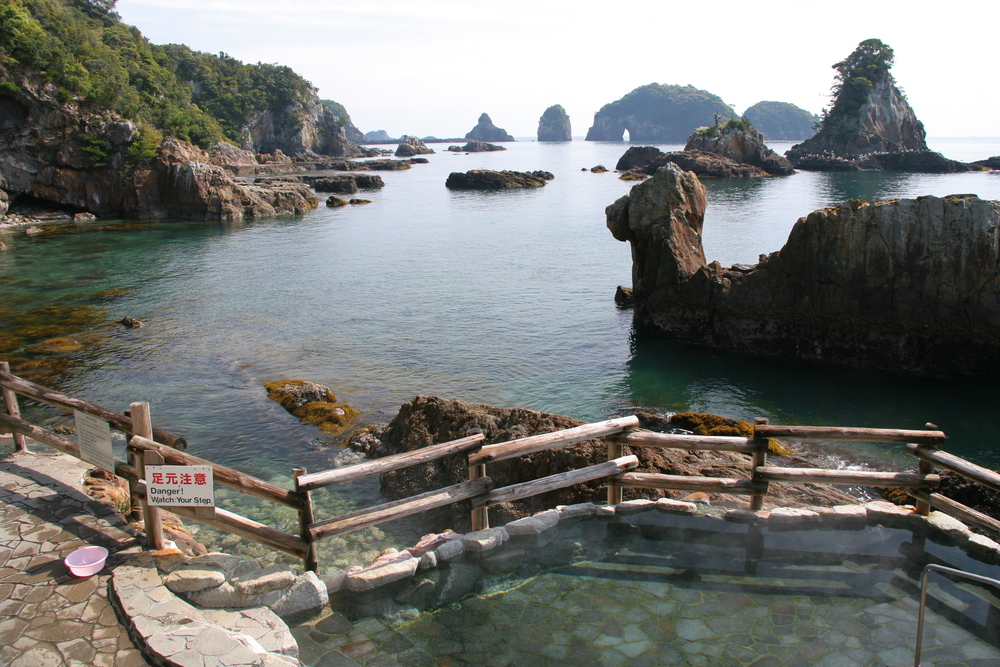
2. Onsen baths are nude.
Yes, that’s a catch for many a modest or repressed Westerner: no clothing of any kind is allowed in the bath. While the baths range from rustic to luxuriously posh, you’ll always disrobe fully, and then wash (if only symbolically), before entering the water. Likewise, the hand towel should not touch the water. Many Japanese fold it and put it on their heads, or place it beside them on the stones. Never wring it out in the bath.
3. Tattoos are frowned upon.
Bad news for the millions of got-a-cool-tattoo foreigners, in Japan, tattoos are usually still seen as dirty, ugly, and they are prohibited in many onsen establishments because of the decades old connection to organized crime families. Sleeves especially are viewed as indicating yakuza ties, so the easiest way that proprietors could assuage their customer’s fears about theft or unruliness was by banning any form of tattoos. This is changing slowly, and OnsenJapan.net includes information about establishments that are tattoo friendly. But if you have a tattoo, consider seeking out a private bath (kashikiriburo) or family-style bath (kazokuburo) instead.
4. How to take a Japanese bath.
These cartoons that I did may explain easier than words can. It’s not hard, but following the rules will show that you’re not just a bozo foreigner (Just about every culture has a word for the “clueless foreigner,” in Japan, it’s gaijin. The word is not necessarily perjorative, but it can be.) and you may even find that you’re the onsen expert, more than a local is.
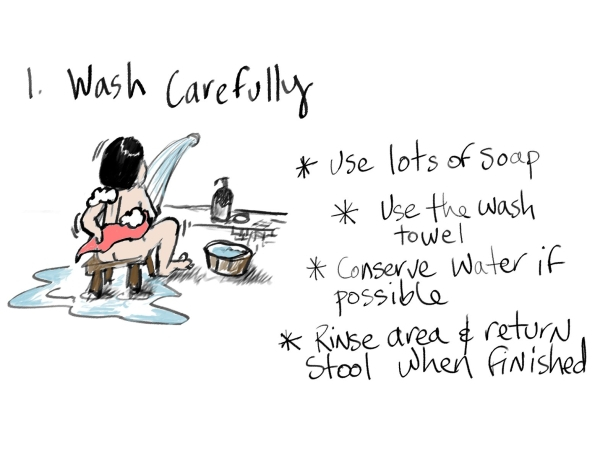

One thing to note, you’ll find that the changing and washing areas in onsen baths range from ultra luxurious (below, middle) to in some cases just a bucket next to the bath. In the latter, it’s customary — if only symbolic — to take a scoop of the water and rinse yourself before entering.
5. Where are the best onsen baths?
I can’t answer that in a paragraph, but I did try to offer that with OnsenJapan.net. There’s a map, there’s onsen reviews and listings, there are some articles about hot springs. Each region has top spots that you should consider.
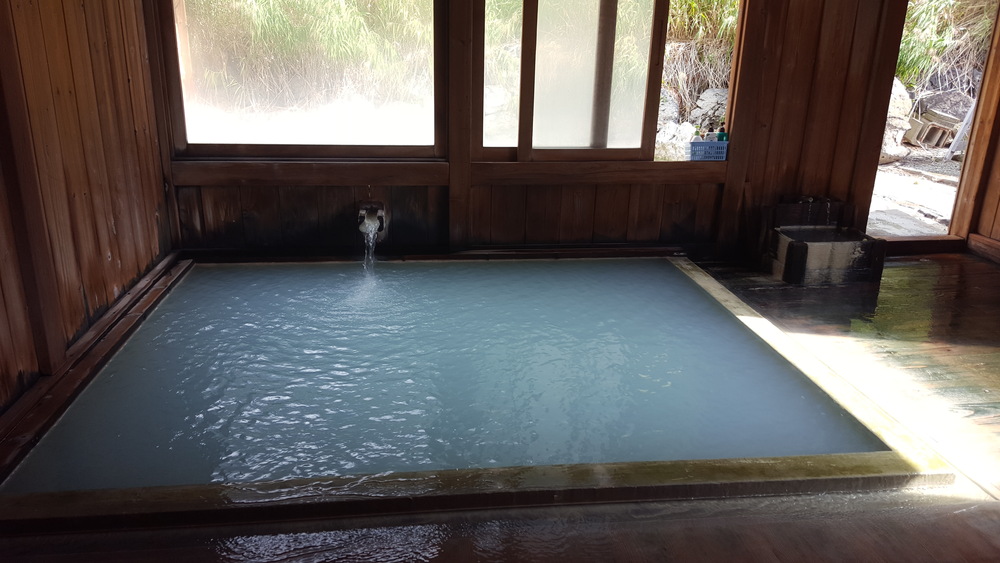

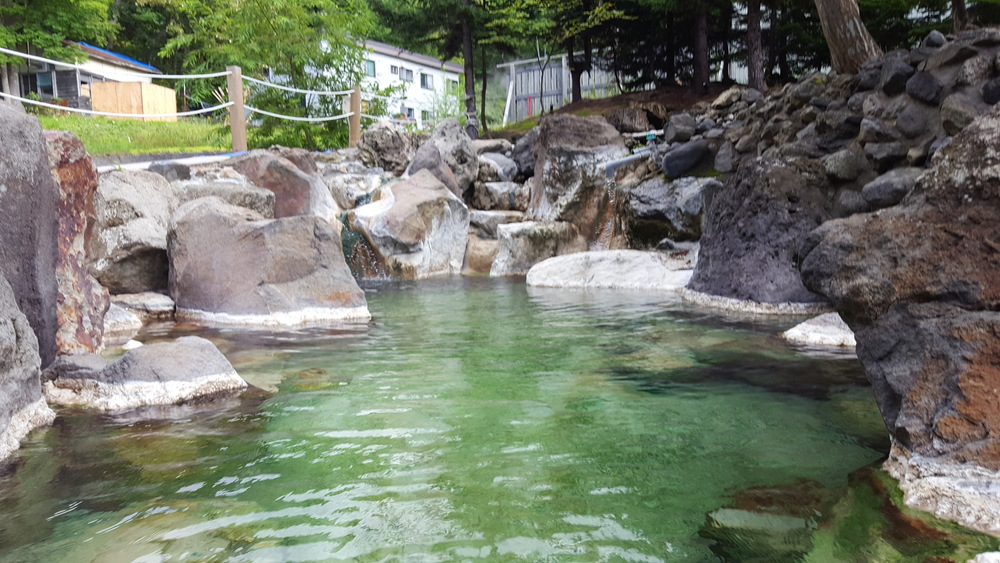
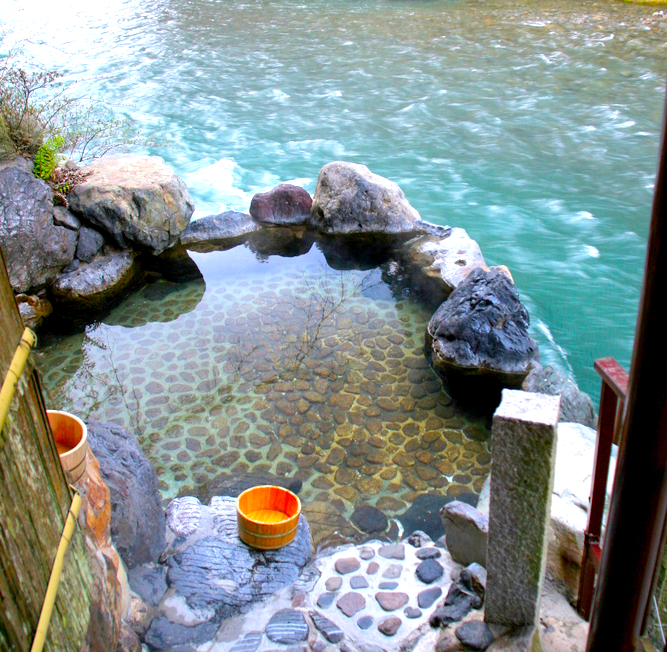
Leave a Reply